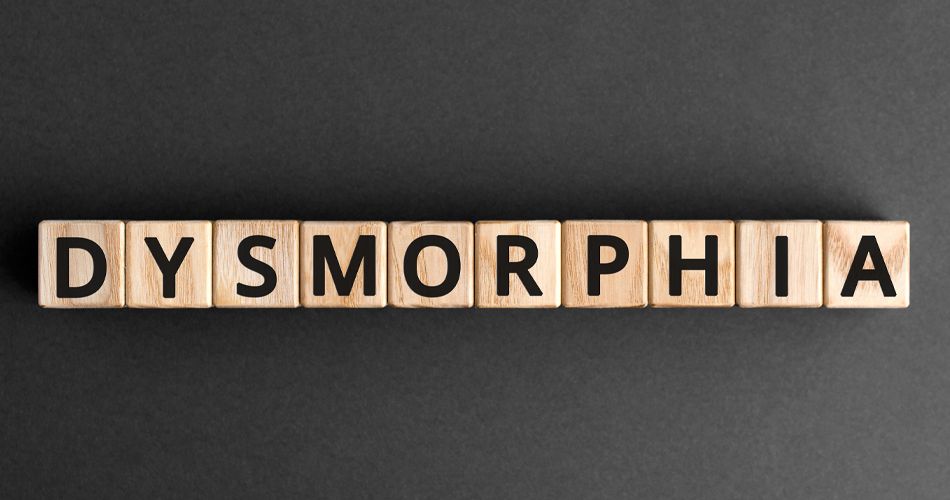
How To Deal With Body Dysmorphia
Body image issues of any kind can have a serious impact on your day-to-day life, sometimes making it hard for you to spend time with friends and loved ones, or to try new things and get out of your comfort zone. It can be hard to know what to do if you’re experiencing body dysmorphia, but knowing what kind of help and treatment is out there can make things easier.
How To Help Body Dysmorphia
The most important thing to be aware of is that body dysmorphia is a real, medically recognised condition that affects all kinds of people. Speaking to your GP or another medical professional about your feelings and concerns is a great way to start dealing with body dysmorphia. You’ll be taken seriously, and everything you say will be confidential. Let’s take a look at some of the things that might be recommended depending on your experiences.
Medical and Psychiatric Support
One method of treatment you might be referred for is cognitive behavioural therapy (CBT). This type of talking therapy aims to alter how you think and feel about yourself. CBT should help you to identify triggers for your body dysmorphia, as well as teaching you how to react to those triggers calmly, reducing anxious or self-deprecating thoughts.
A technique that is often used in CBT for body dysmorphia is called exposure and response prevention. Together with your therapist, you’ll make a list of situations that would usually make you feel self-conscious or worried about your appearance. Over the course of your therapy, you’ll then face these situations, progressing from the least to the most triggering, and develop techniques to deal with your feelings without negative effects. This can help you to go on and do this in your everyday life, improving your body confidence.
Depending on the severity of your symptoms, you may be offered antidepressant medications either as an alternative to CBT or in conjunction with it. These can take some time to work, but they can help to reduce the severity of your symptoms. When used alongside CBT, this can make it easier for you to face potentially triggering situations and develop healthy coping mechanisms. Typically, you’ll be weaned off antidepressants after you’ve not had symptoms for six to 12 months to avoid creating a dependency.
Habits and Tips For Use At Home
While the above methods of treatment can be effective in helping with body dysmorphia, they can and should be supplemented by things you can do at home to work towards reducing your symptoms. If you can’t access medical treatments in the near future for whatever reason, these techniques may also help to lessen your symptoms in the meantime.
You may already have the support of your friends and loved ones, but talking with and listening to other people who have or have had body dysmorphia can help you to understand more about the condition. Your doctor or therapist may be able to suggest some local in-person or online support groups, but you can also find lots of helpful information and resources online from mental health charities and communities of people who’ve had body dysmorphia.
Another helpful habit to get into is to do things to promote your mental and physical well-being regularly. Activities such as meditation, exercise and eating well can all help to improve your overall mood, which may increase your resilience when you encounter a triggering situation. It can also go a long way to reduce the impact that body dysmorphia could have on your overall health, for example by causing unhealthy eating habits, reduced physical activity, or a constant feeling of low mood.
- Lean into what feels good
A more short-term technique that might help to boost your self-esteem can be to treat yourself. If there’s a particular outfit or item of clothing that makes you feel good, wear it. It might also be useful to try and identify what it is about that piece you enjoy, so you can find other clothing that might have a similar effect. For example, if you feel elegant in lace lingerie sets, but you only have one, it might be time to splash out on some more.
If you’re trying to deal with the symptoms of body dysmorphia, you’re not alone. Having this condition doesn’t make you self-obsessed or vain, and there’s nothing to be ashamed of. The best thing to do is to take a two-pronged approach to dealing with body dysmorphia: speak with your healthcare provider about your symptoms and potential treatments, and at the same time try to employ healthy habits and techniques in your everyday life to increase your self-esteem and boost your mood.